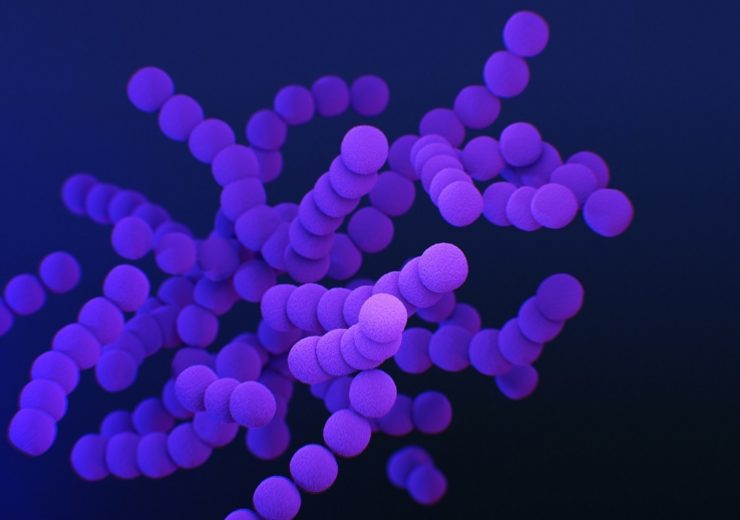Additive manufacturing technology has also helped to reduce the number of bacteria stuck to part surfaces

Bacteria that can cause infections like MRSA can be removed using 3D printing, according to researchers from the University of Sheffield (Credit: Unsplash/CDC)
Scientists have created 3D-printed medical device parts that can resist common bacteria and help stop the spread of deadly infections such as MRSA in hospitals and care homes. Researchers at the UK’s University of Sheffield successfully incorporated antibacterial compounds into existing 3D printing materials without negatively impacting their properties.
The findings offer the potential for a wide range of applications – including medical devices, dentures, general parts in hospitals that are subject to high levels of human contact such as door handles and children’s toys, and even mobile phone cases.
Further projects are planned in each of these areas, with an aim to work with industry leaders to bring some of these products to market.
The project’s lead academic Dr Candice Majewski said: “Managing the spread of harmful bacteria, infection and the increasing resistance to antibiotics is a global concern.

“Introducing antibacterial protection to products and devices at the point of manufacture could be an essential tool in this fight.
“Most current 3D-printed products don’t have additional functionality. Adding antibacterial properties at the manufacturing stage will provide a step-change in our utilisation of the processes’ capabilities.”
Study shows 3D printing antibacterial products can have positive impact
Products such as medical devices are often already coated with an antibacterial compound and subject to strict and rigorous cleaning or sterilisation procedures.
While this provides a certain level of protection, their effectiveness is limited by elements such as human error in cleaning or the coating being damaged.
The University of Sheffield’s Department of Mechanical Engineering and School of Clinical Dentistry sought to come up with a new solution that combined 3D printing – a process also known as additive manufacturing that involves using a digital model to make a physical, three-dimensional object by adding successive layers of materials – with a silver-based antibacterial compound to produce the parts.
It used a selective laser sintering technique to create simple products, including cubes, spheres and “dogbone”-shaped samples used in tensile testing.
The study was published today (21 January) in the Scientific Reports journal and there are hopes more complex parts could be made in future.
Rigorous testing and imaging techniques were carried out to establish the effect of the antibacterial additive – looking at the effect on the quality of the final part, its mechanical properties and whether it survived the manufacturing process.
Parts with and without the antibacterial additive were submerged in various bacterial solutions to test how many bacteria remained after 24 hours.
Those containing the additive were effective against examples of two main groups of bacteria – Gram-positive (staphylococcus aureus) and Gram-negative (pseudomonas aeruginosa), both of which can cause many different types of infection.
3D-printed parts remove biofilm from medical devices
An additional effect was identified in reducing the number of bacteria stuck to the part surfaces.
Bacteria stuck to surfaces form “biofilms” that are often difficult to remove. In this case, the researchers discovered an anti-biofilm effect due to bacteria dying before they could stick to the parts.
Parts worked less well in liquid containing lots of nutrients, which were found to interfere with the silver before it could do its job.
This will help people decide which environments to use this technology in. Finally, parts were also tested with human cells – routinely grown in the lab – and found to have no toxicity.
Dr Bob Turner, of the university’s Department of Computer Science, added: “Our interactions with microbes are complex and contradictory – they’re essential to our survival and they can knock us dead.
“Technology like this will be key to informed and sustainable management of this crucial relationship with nature.”
The research involved collaboration with microbiologist Dr Joey Shepherd, of the University’s school of clinical dentistry.
He added: “Incorporating antibacterial activity into 3D-printed parts is an intriguing novel direction only made possible by working as part of a great team with complementary skills and experience.”
